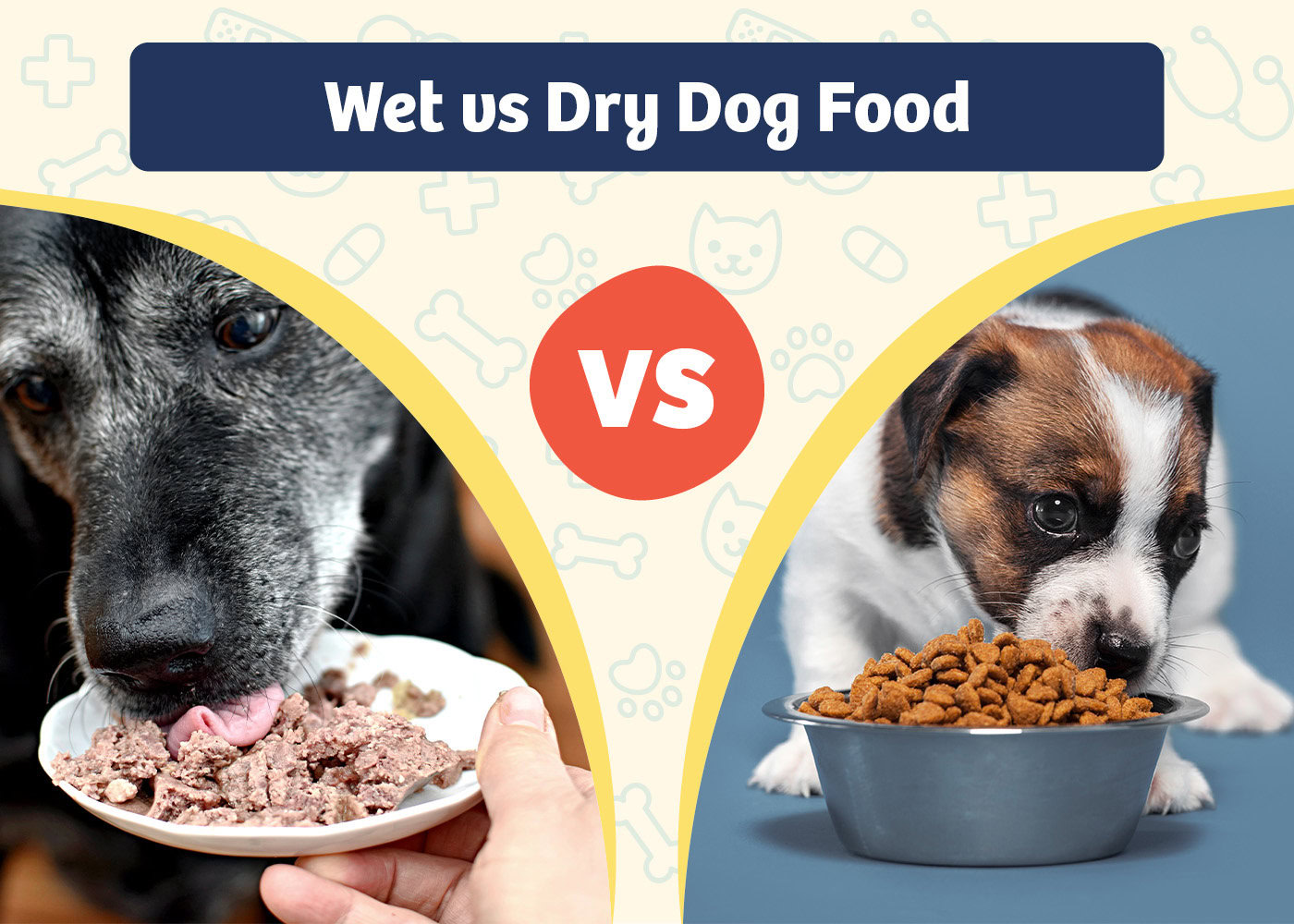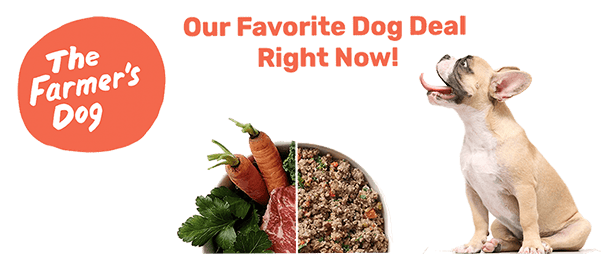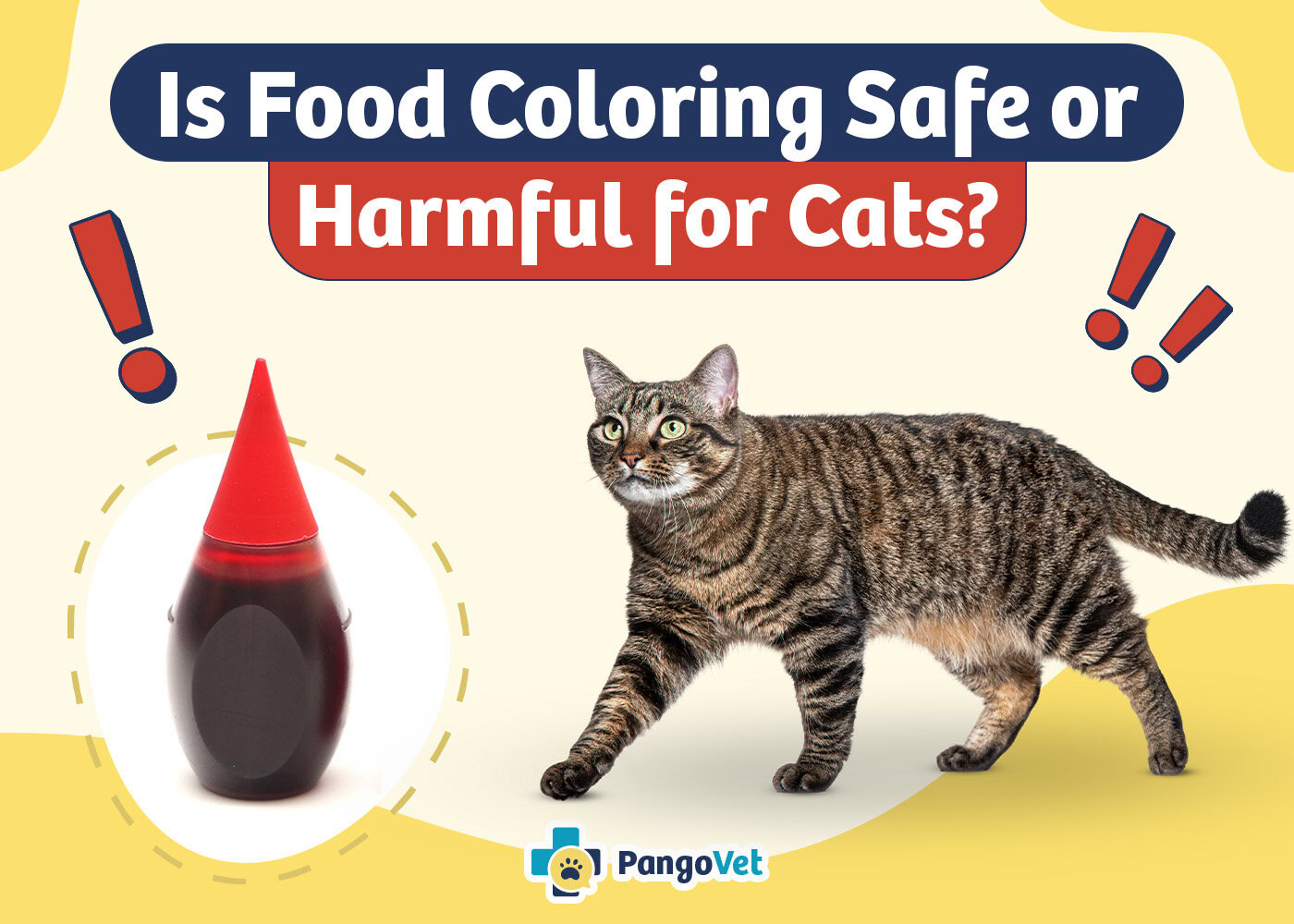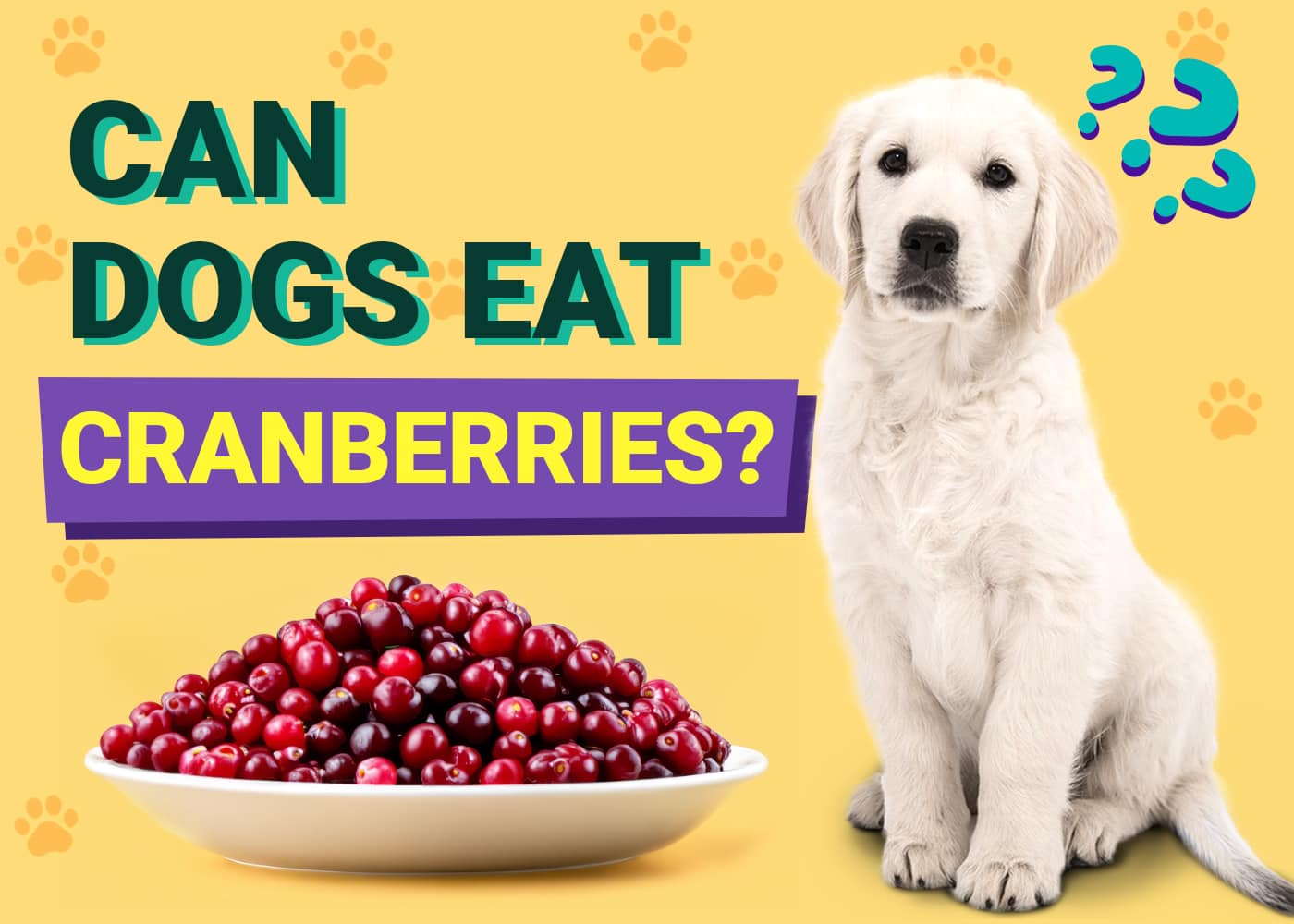VET APPROVED

The information is current and up-to-date in accordance with the latest veterinarian research.
Learn more »Click to Skip Ahead
There are several ways to compare wet versus dry dog food. You can go by the popularity, which tells us that 96.1% of new pet owners opted for the latter in 2019.1 Fast forward to 2021, however, and we find that nearly 20% are cooking for their pups, with another 16% going the subscription or gourmet route.2 The latter two options are another discussion. For this article, we’ll stick with the standard offerings.
The Association of American Feed Control Officials (AAFCO) levels the playing field with their nutritional profiles. Pet owners need to know if the food they give their dogs is complete and balanced. Ultimately, this should be the deciding factor. Fortunately, it’s the utmost consideration for most pet owners.3 After all, the health of your pup should come first.

Visual Differences
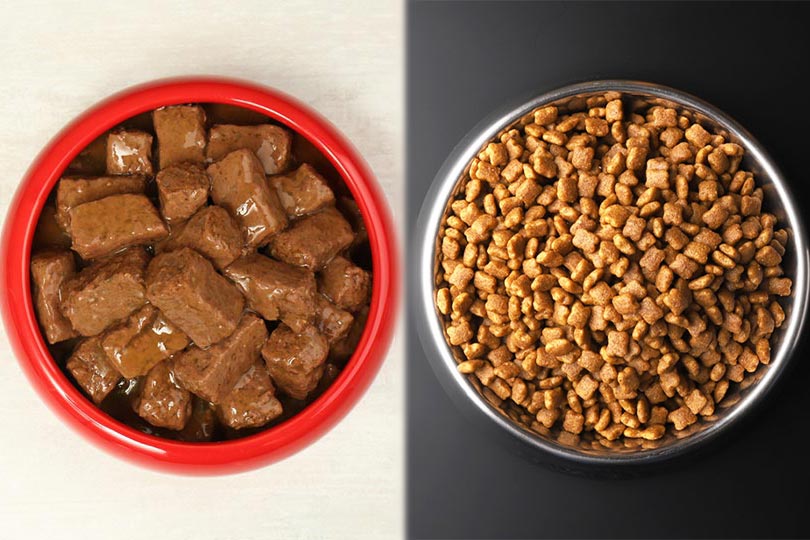
At a Glance
Let’s look at the key points of each product to see where they differ and share common ground.
- Several available sizes
- Several texture types
- High moisture content
- Lower fiber
- Higher carbohydrates
- Several available sizes
- Varying kibble sizes
- Lower moisture content
- Higher fiber
- Lower in carbohydrates

Overview of Wet Food
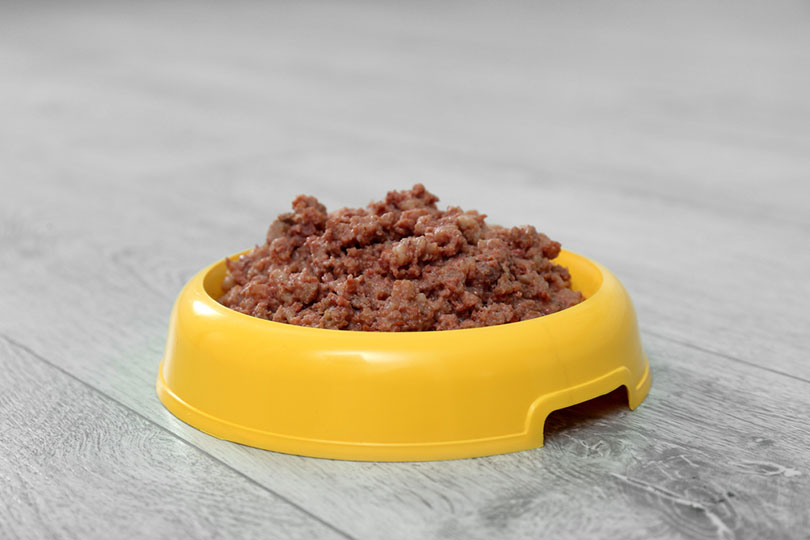
Dogs are facultative carnivores. Many people choose wet food because it better resembles the natural diet instead of the adaptive diet of today’s pets. They may feel that the nutrition is superior. Wet foods should list animal-derived proteins in the first ingredients, and some of these foods do not include meat ‘meals.’ It is also possible to find products with a lower carbohydrate content when compared to dry food. These products often have fruits, vegetables, and added nutrients. They also come in many textures, making it easy to please finicky pets.
Wet foods typically have more moisture, which offers an excellent alternative for animals with kidney disease. You may also find that your pet likes them better. This is a valid point, especially with puppies and seniors, where proper nutrition is imperative. Wet food is also easier for dogs to chew, which benefits older dogs or those with dental issues.
The one thing that stands out with wet foods is their smell. It might be unpleasant for the pet owner, but it is a bonus for the dog. Remember that canines have a keen sense of smell, making aromatic diets particularly attractive to some pups. The other considerations are cost and waste. Wet foods are often more expensive, particularly with large breeds.
- Moisture-rich
- Easy portion control
- Often highly palatable
- Unpleasant smell
- Not as environmentally friendly
- Opened food spoils quickly

Overview of Dry Food
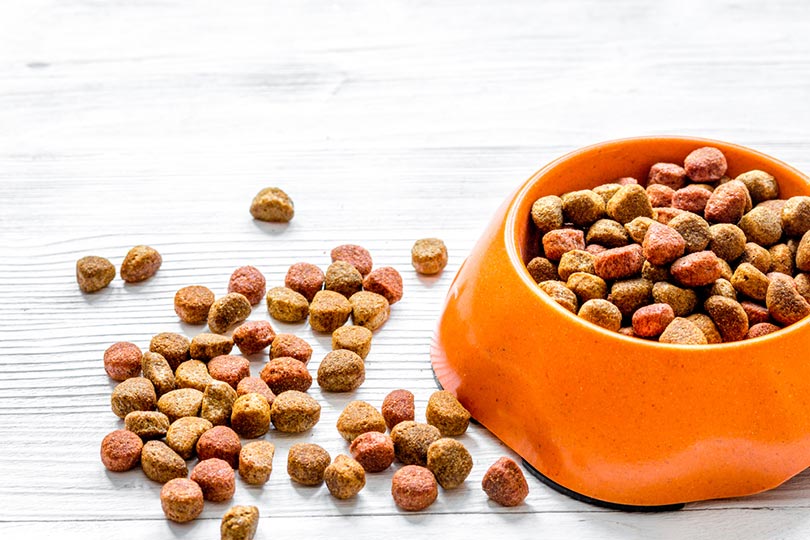
Pet owners who opt for dry food will likely cite the convenience of these products over canned food. The production process is based on dehydrating and rendering meats to meat meals. The result is less moisture, making the availability of fresh water at all times imperative. However, that also means that the food won’t spoil as quickly if left in the bowl. Many find these diets more convenient and easier to measure for portion control.
Dry food is less expensive in the long run, particularly if you have a large pup. Feeding four cups of food is easier and less costly than three cans. However, there’s another side to that point.
Buying larger bags is where you’ll get your cost savings. However, lugging around 40-pound bags of food isn’t an option for some people. Moreover, dry food has a long shelf life, but its oxidation process increases once the bag is opened. Fortunately, some manufacturers bundle their products in smaller sizes so that you can still buy the diet at a more affordable price.
Another characteristic of dry food is that it contains a higher carbohydrate content as starches are needed to bind the kibble pellets.
- Convenient to feed
- Often less expensive
- Less waste
- Longer shelf life
- Lower moisture content
- Higher carbohydrate content
- Heavy bags for larger breeds

What Are the Differences Between Them?
Let’s do a deep dive into the things that matter most to pet owners. We’ve discussed the nutritional value of dog food, but we suggest reading the AAFCO’s nutrient recommendations. The National Research Council (NRC) offers similar information using grams instead of the percentages that the former publishes. We also suggest familiarizing yourself with the pet food label information.
The pet food industry strives to market its products, knowing owners seek higher-quality diets. That has led to misinformation about some terms, such as byproducts.
The so-called “name rules” are important to consider, you can learn more about them and how to read pet food labels here.
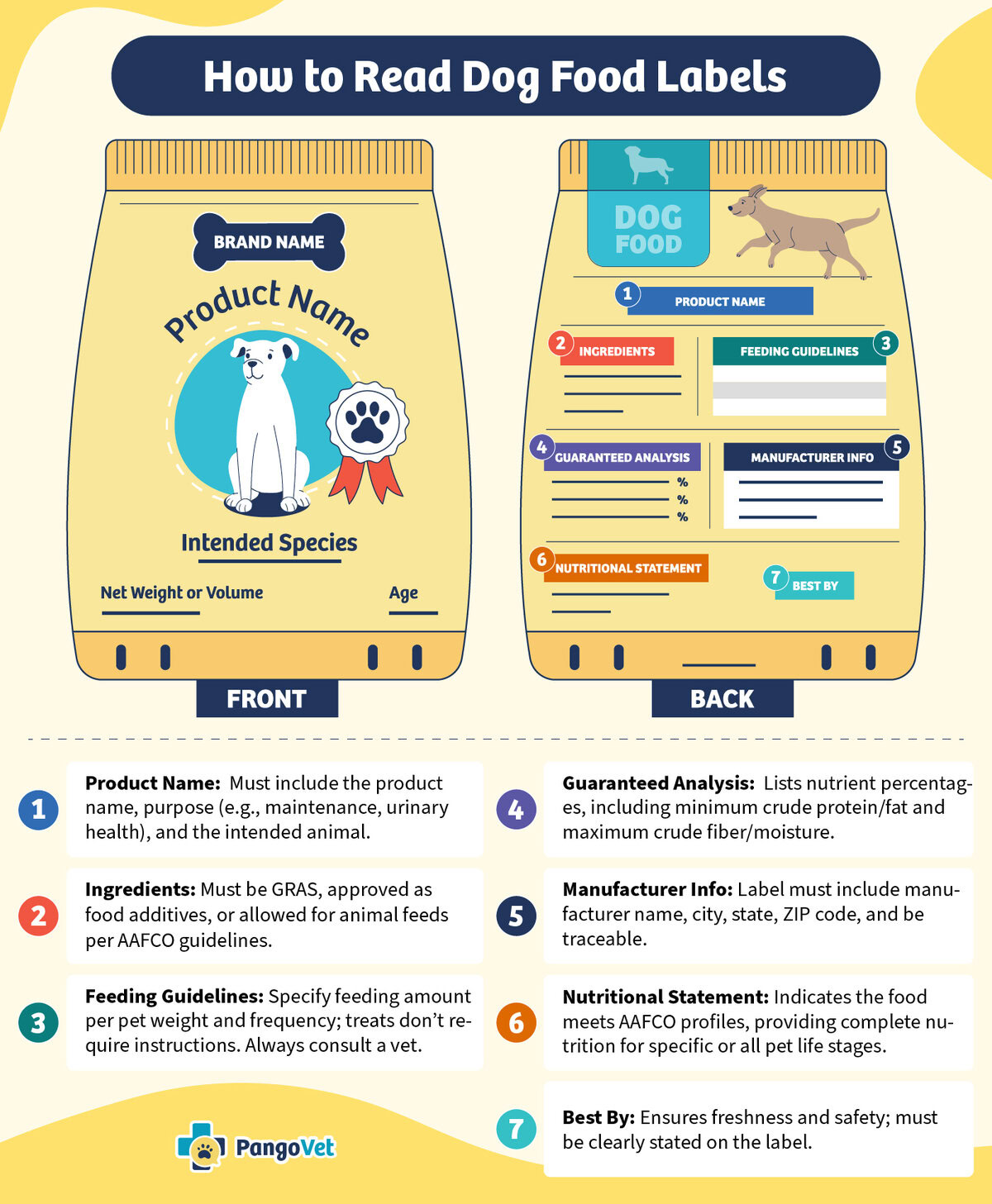
Besides the very obvious presentation, price, and moisture content differences between dry and wet dog food, there is a not-so-obvious difference. Is macronutrient composition. Because wet food does not need a higher amount of starches to give form to pellets, these products are usually lower in carbohydrates and higher in protein. Of course, some manufacturers will still add carbohydrate sources to them so analyzing the ingredients and making the calculations is still important. Luckily new regulations will require manufacturers to enlist carbohydrates in the labels, but this will take a couple of years to be a reality.
Another option you could consider for your dog is fresh food. These recipes are moisture-rich, easy on your canine’s teeth, and are also less processed than the latter. Many fresh food companies pride themselves on using whole, human-grade ingredients making this one of the best diets you can serve to your dog.

Convenience
- Edge: Dry Food
As discussed earlier, dry food undoubtedly has the advantage of this score. We like the range of portions you can offer your pet. That benefits pet owners with puppies, whose caloric needs will vary as they grow. The bag size isn’t as much of an issue if you keep the food in rodent-proof plastic containers.
Price
- Edge: Dry Food
Again, dry food comes out on top. It comes down to packaging and amount. Those large bags make it cheaper, especially if you buy bigger sizes. It’s also a factor of the manufacturer’s cost. Paper has a clear advantage over cans, whether they are BPA-free or made from recycled materials. You still have to rinse them and put them in the recycling bin.
Palatability
- Edge: Wet food
As stinky as wet food is, it has the edge regarding taste. Dogs love these diets for a reason. If your pet is convalescing from an illness, your vet may even recommend a canned diet to ensure your pup eats as it heals from injury or illness—the varying forms of wet food, whether a pate or stew, are another crowd-pleaser. While we can’t speak to it scientifically, we won’t be surprised to learn that texture is just as important to our dogs.
Nutritional Value
- Edge: Tie
We will fall back on the AAFCO’s complete and balanced statement. We recommend making it your gold standard when comparing products. Remember that terms such as “entree” or “meal” may only contain 25% of the stated protein. Again, it’s an example of marketing at work since they are words we associate with healthy, hearty foods.
When choosing your dog’s food it is best to focus on specific products, the list of ingredients, macronutrient composition, and the quality and nutrition they provide.


Conclusion
As previously discussed, some situations will tip the scale toward wet or dry dog foods. We suggest letting these factors and a product’s nutritional value help you decide which is best for your pet. Your vet is also an excellent resource, particularly if your pup has a health condition. We can also suggest combining the two to get the benefits of both. However, the responsibility is on you to make sure you don’t overfeed your dog.
It’s worth noting that if you combine both types of food, you’ll have to measure the portions for your dog’s breed, size, and activity level. Choosing a wet and dry version from the same manufacturer may make this task easier. Don’t hesitate to contact the company or a vet for guidance.
- https://www.statista.com/statistics/1058756/purchasing-rates-for-dog-and-puppy-food-among-new-pet-owners-us-by-type/
- https://www.statista.com/statistics/1270804/what-pets-usually-eat-in-the-us/
- https://www.statista.com/statistics/1265010/leading-considerations-when-buying-pet-food-us/
- https://www.aaha.org/publications/newstat/articles/2020-02/pet-obesity-is-an-epidemic/
- https://www.merckvetmanual.com/management-and-nutrition/nutrition-small-animals/nutritional-requirements-and-related-diseases-of-small-animals#v3325893
- https://talkspetfood.aafco.org/readinglabels
- https://talkspetfood.aafco.org/byproducts
- https://talkspetfood.aafco.org/humangrade
- https://vetnutrition.tufts.edu/2016/06/why-you-shouldnt-judge-a-pet-food-by-its-ingredient-list/
- https://petobesityprevention.org/pet-caloric-needs
Featured image credits: Left – New Africa, Shutterstock, Right – 279photo Studio, Shutterstock
